Tuesday, November 15, 2011
Monday, November 7, 2011
World's Top 10 Most Expensive Liquors
World's Top 10 Most Expensive Liquors
10. $5,500 – Jenssen Arcana
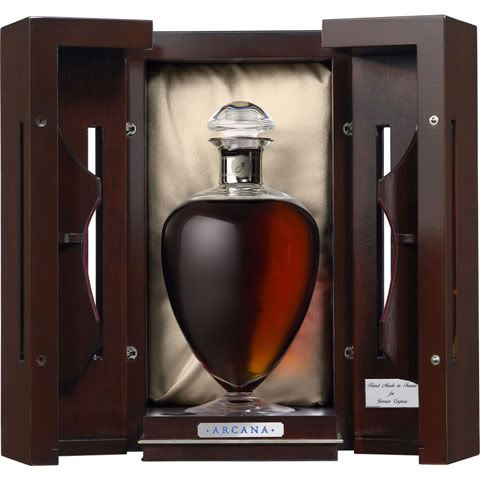
9. $6,000 – Hine Triomphe Talent De Tho

8. $6,400 – Frapin Cuvée 1888
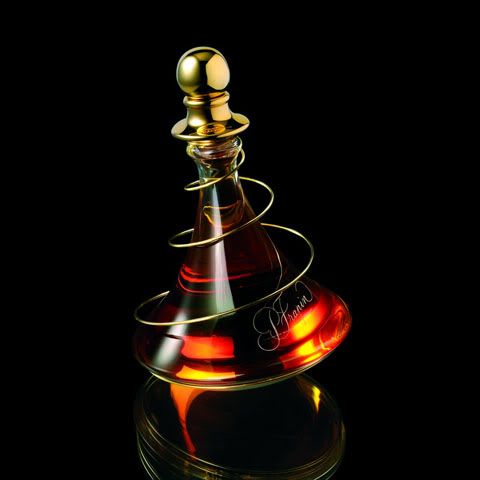
7. $7,500 – Martell Creation Cognac In Handcarved Baccarat Decanter

6. $7,900 – Le Voyage de Delamain
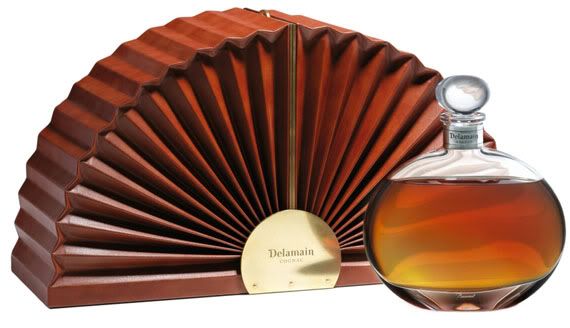
5. $12,900 – Hardy Perfection 140 years Cognac
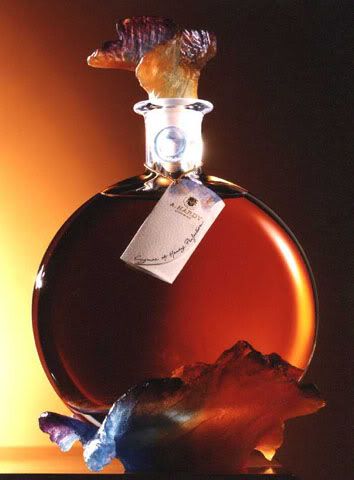
4. $55,000 – Remy Martin Cognac Black Pearl Louis XIII
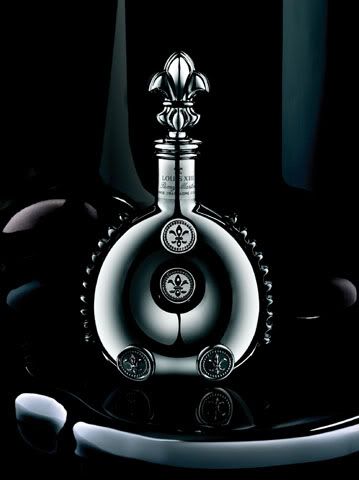
3. $200,000 – Hennessy Beaute du Siecle Cognac

2. $2 million – Henri IV, Cognac Grande Champagne
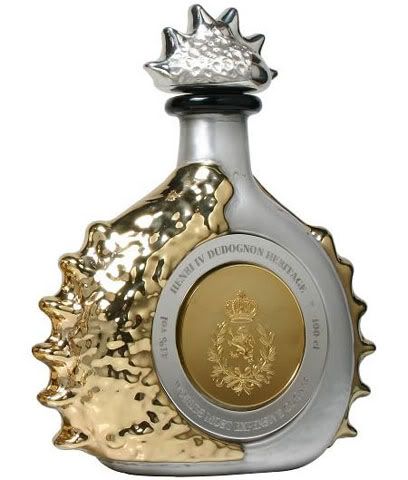

10. $5,500 – Jenssen Arcana

9. $6,000 – Hine Triomphe Talent De Tho

8. $6,400 – Frapin Cuvée 1888

7. $7,500 – Martell Creation Cognac In Handcarved Baccarat Decanter

6. $7,900 – Le Voyage de Delamain

5. $12,900 – Hardy Perfection 140 years Cognac

4. $55,000 – Remy Martin Cognac Black Pearl Louis XIII

3. $200,000 – Hennessy Beaute du Siecle Cognac

2. $2 million – Henri IV, Cognac Grande Champagne


Saturday, November 5, 2011
Thursday, November 3, 2011
Salman Butt and Pakistan bowlers jailed for betting scam
ormer Pakistan cricket captain Salman Butt has been jailed for 30 months for his part in the conspiracy to bowl deliberate no-balls in last year's Test match against England.
Former world number two Test bowler Mohammad Asif, 28, was jailed for one year and bowler Mohammad Amir, 19, has been sentenced to six months.
Cricket agent Mazhar Majeed was jailed for two years and eight months.
The court heard the no-balls were to show gamblers that play could be fixed.
The judge, Mr Justice Cooke, said cricket matches would forever be tainted by the scandal.
In his sentencing remarks, which have been published online, he told the defendants: "'It's not cricket' was an adage. It is the insidious effect of your actions on professional cricket and the followers of it that make the offences so serious.
"The image and integrity of what was once a game but is now a business is damaged in the eyes of all, including the many youngsters who regarded you as as heroes and would have given their eye teeth to play at the levels and with the skills that you had."
BBC cricket correspondent Jonathan Agnew tweeted: "Let's hope this is the necessary deterrent to restore the integrity of cricket. Tempted? Think again. Caught=prison."
The Pakistan Cricket Board said the conviction of the players was "a sad day for Pakistan cricket".
In February all three players were banned for five years by the International Cricket Council. All three are appealing against their suspensions.
But former England cricket captain Michael Vaughan said they should have been given lifetime bans.
The three players have all been ordered to pay compensation towards prosecution costs.
Butt, 27, was ordered to pay £30,937, Amir £9,389 and Asif £8,120.
The men were arrested after the fourth Test between Pakistan and England in August 2010.
An undercover News of the World (NOTW) reporter paid Majeed £150,000 for details of the precise timing of three no-balls, which the players were persuaded to bowl, which were extremely valuable on the spot-fixing betting market.
Majeed claimed to have paid Asif £65,000, Butt £10,000 and Amir £2,500.
The judge told all the players they would be released on licence half way through their sentences if they behaved.
The trial heard that the cheating would never have been exposed without the investigative journalism of the NOTW.
The judge said: "Whenever people look back on a surprising event in a game or a surprising result, or whenever in the future there are surprising events or results, followers of the game who have paid good money to watch it live or watch it on television will be left to wonder whether there has been fixing and whether what they have been watching is a genuine contest between bat and ball."
He made no orders for compensation regarding the £150,000, adding: "I consider that the NOTW got what it bargained for."
Butt, Asif and Majeed are thought to have been sent to Wandsworth prison in south London while Amir will serve his sentence at Feltham young offenders' institution in west London.
Amir's barrister, Henry Blaxland QC, initially said he would be seeking bail pending an appeal against his client's sentence.
Former world number two Test bowler Mohammad Asif, 28, was jailed for one year and bowler Mohammad Amir, 19, has been sentenced to six months.
Cricket agent Mazhar Majeed was jailed for two years and eight months.
The court heard the no-balls were to show gamblers that play could be fixed.
The judge, Mr Justice Cooke, said cricket matches would forever be tainted by the scandal.
In his sentencing remarks, which have been published online, he told the defendants: "'It's not cricket' was an adage. It is the insidious effect of your actions on professional cricket and the followers of it that make the offences so serious.
"The image and integrity of what was once a game but is now a business is damaged in the eyes of all, including the many youngsters who regarded you as as heroes and would have given their eye teeth to play at the levels and with the skills that you had."
BBC cricket correspondent Jonathan Agnew tweeted: "Let's hope this is the necessary deterrent to restore the integrity of cricket. Tempted? Think again. Caught=prison."
The Pakistan Cricket Board said the conviction of the players was "a sad day for Pakistan cricket".
In February all three players were banned for five years by the International Cricket Council. All three are appealing against their suspensions.
But former England cricket captain Michael Vaughan said they should have been given lifetime bans.
The three players have all been ordered to pay compensation towards prosecution costs.
Butt, 27, was ordered to pay £30,937, Amir £9,389 and Asif £8,120.
The men were arrested after the fourth Test between Pakistan and England in August 2010.
An undercover News of the World (NOTW) reporter paid Majeed £150,000 for details of the precise timing of three no-balls, which the players were persuaded to bowl, which were extremely valuable on the spot-fixing betting market.
Majeed claimed to have paid Asif £65,000, Butt £10,000 and Amir £2,500.
The judge told all the players they would be released on licence half way through their sentences if they behaved.
The trial heard that the cheating would never have been exposed without the investigative journalism of the NOTW.
The judge said: "Whenever people look back on a surprising event in a game or a surprising result, or whenever in the future there are surprising events or results, followers of the game who have paid good money to watch it live or watch it on television will be left to wonder whether there has been fixing and whether what they have been watching is a genuine contest between bat and ball."
He made no orders for compensation regarding the £150,000, adding: "I consider that the NOTW got what it bargained for."
Butt, Asif and Majeed are thought to have been sent to Wandsworth prison in south London while Amir will serve his sentence at Feltham young offenders' institution in west London.
Amir's barrister, Henry Blaxland QC, initially said he would be seeking bail pending an appeal against his client's sentence.
Monday, October 31, 2011
Up close with fascinating snakes
About 30,000 snakebites are reported every year in India. Of these most fatalities are attributed to The Big Four – the Indian Cobra, Common Krait, Russell’s Viper and Saw-scaled Viper. However, snakes are among the most misunderstood creatures. Although some snakes are worshipped, there are several superstitions around them. They are killed on sight even though they control crop pests like rats and mice
The Bamboo Pit Viper (Trimeresurus gramineus) is a venomous pit viper found in southern India. The snake's venom is not usually potent enough to cause death in humans. Pit vipers have a sensory organ between between the eye and the nostril that enables them to detect warm-blooded prey such as rats, mice and shrews.
The Indian Cobra (Naja naja) or the Spectacled Cobra (so named for the shape of the markings on its hood) is one of the most common venomous snakes in India. It is equally revered and feared. Cobra venom is neurotoxic -- it causes damage to the nervous system -- and accounts for many deaths in India. On being threatened, the cobra usually warns intruders with its outstretched hood.
The Green Vine Snake is a common snake of the countryside. It can often be seen clinging to vines and creepers. Its green coloration offers excellent camouflage against foliage.
The largest venomous snake, the King Cobra's venom is not as potent as that of the Indian Cobra but in one bite it can inject enough venom to kill an elephant. It is an intelligent and secretive snake and is being studied extensively by researchers at the Rainforest Research Station in Agumbe, Karnataka.
The Malabar Pit Viper has a heat-sensing "pit" located between its eye and nostril on either side of the face. This specialised adaptation helps it to seek prey by the heat given out by their bodies. The snake is nocturnal -- it hunts by night
The Buff-striped Keelback is a non-venomous snake closely related to water snakes and grass snakes. It is found across Asia.
The Bamboo Pit Viper (Trimeresurus gramineus) is a venomous pit viper found in southern India. The snake's venom is not usually potent enough to cause death in humans. Pit vipers have a sensory organ between between the eye and the nostril that enables them to detect warm-blooded prey such as rats, mice and shrews.
The Indian Cobra (Naja naja) or the Spectacled Cobra (so named for the shape of the markings on its hood) is one of the most common venomous snakes in India. It is equally revered and feared. Cobra venom is neurotoxic -- it causes damage to the nervous system -- and accounts for many deaths in India. On being threatened, the cobra usually warns intruders with its outstretched hood.
The Malabar Pit Viper (Trimeresurus malabaricus) is found in higher elevations of south India. It is a venomous pit viper that hunts small mammals.
The Bamboo Pit Viper hunts warm-blooded prey such as rats and mice and is therefore a friend of the farmer.
Snakes cannot hear sounds. However, they can detect vibrations. The sense of smell is very advanced. This King Cobra tastes the air for chemical signals
The Green Vine Snake is a common snake of the countryside. It can often be seen clinging to vines and creepers. Its green coloration offers excellent camouflage against foliage.
The largest venomous snake, the King Cobra's venom is not as potent as that of the Indian Cobra but in one bite it can inject enough venom to kill an elephant. It is an intelligent and secretive snake and is being studied extensively by researchers at the Rainforest Research Station in Agumbe, Karnataka.
The Malabar Pit Viper has a heat-sensing "pit" located between its eye and nostril on either side of the face. This specialised adaptation helps it to seek prey by the heat given out by their bodies. The snake is nocturnal -- it hunts by night
The Buff-striped Keelback is a non-venomous snake closely related to water snakes and grass snakes. It is found across Asia.
Subscribe to:
Posts (Atom)










































